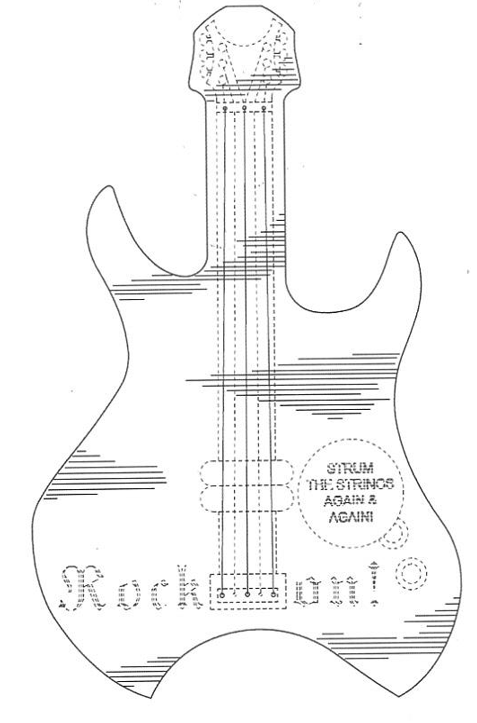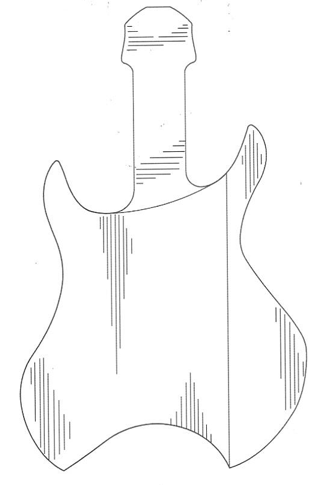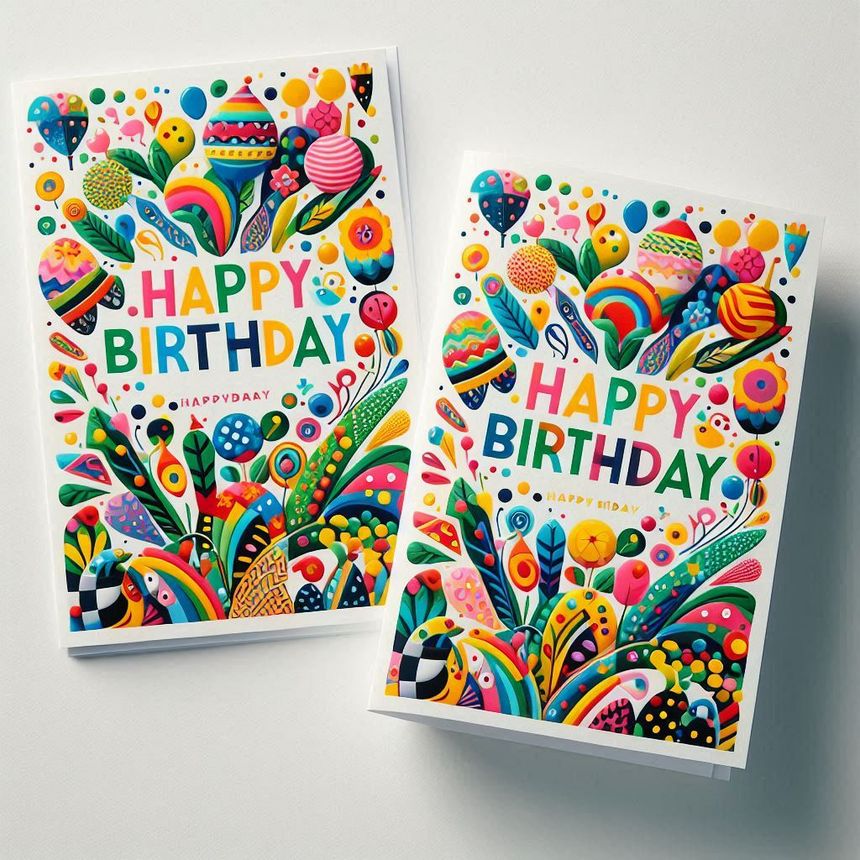According to The Greeting Card Association (GCA) - the voice of the UK greeting card industry - the UK sends more cards per person than any other nation. Based on a recent GCA report, this equates to an annual market for single greeting cards of £1.53 billion.
It is therefore not surprising that copycats are attempting to tap into this market by ripping off UK designers' work.
While this is far from a new problem, the GCA has hit the news recently for its work in persuading online marketplace Temu to take action against copycat greetings cards sold via its site.
Temu has agreed to trial new technology to speed up the identification and removal of UK greeting card designs which infringe the intellectual property rights of its members. According to the GCA website:
"After dialogue with the GCA, Temu is introducing new software to bulk-identify and remove plagiarised designs from its platform that have been stolen by vendors on their site. GCA members have been concerned for some years about the increasing availability of copied designs on far east-based marketplaces that infringe their IP rights – and the UK is being specifically targeted because of its world-class reputation for design. The emergence of copycat designs on these marketplaces results in Far East businesses getting a free ride on the creative coattails of UK SMEs, impacting the bottom line of publishers, retailers and printers that make up the greeting card sector."
Previously, card designers would have needed to report each copycat listing to Temu individually. The software currently being trialed will log the original design and will then make use of AI to find and block any cards or other goods using the design, avoiding the need for multiple reports.
With some card sellers estimating that copycats have made over £100,000 ripping off designers' work, this new trial has been widely welcomed, particularly since in the past, reporting and removing copycat listings has just resulted in new listings popping up almost right away.
What legal protection can greetings card designers rely on to protect their work from copycats? UK copyright is an automatic right which protects artistic works, including original illustration and photography. The owner of the copyright is entitled to prevent others from copying, selling or distributing the work, without their permission, and this includes putting copies on the internet. Copyright protection starts as soon as the work is created, and no registration or payment of a fee is required. For artistic works, protection lasts for 70 years after the author's death.
However, to successfully enforce your copyright, you must prove that the other person directly copied your work, and did not produce the design independently. In some cases, this can be fairly obvious, but where the original and copied design are not identical, copyright can be more difficult to enforce - and therefore more expensive.
Another form of intellectual property (IP) protection which applies to greeting cards is UK (or EU) registered design protection.
The owner of a registered design has a monopoly, regardless of whether a third party copied the design or not. Enforcement can therefore be simpler, quicker and less expensive. A design registration is also recorded in online databases, making it easier for authorities such as customs officers to enforce it. Registered design protection also lasts for up to 25 years, renewable in 5 years increments - not as long as copyright, but certainly long enough to cover the lifespan of a greetings card design. Of course, obtaining a registered design does not cancel out your copyright protection; both can exist simultaneously.
There are other advantages of registered designs relate to their flexibility. In the UK and the EU it is possible to file a “multiple” design application, containing up to 50 designs. For each individual design, up to 12 views in the UK and up to 7 in the EU can be filed, presenting different views of the protected product, as shown in the example below.
Here, a UK registered design filed by American Greetings Corporation shows a greetings card in the shape of a guitar from the front, the back, in perspective, from the top and bottom and from the side. Every aspect of the card is covered, and the registration even includes a view in the open position.
 |  |
 |
 |  |
 |
A closer look at one of the above views reveals another useful aspect of registered designs; some aspects are shown in dotted lines, indicating that these features are “disclaimed” and are not part of the protected design. This disclaimer effectively broadens the scope of the design.

The above design was filed in a multiple application, containing two similar designs. The second design, shown below, is also a guitar-shaped greetings card, having a slightly different shape. Again, views of the front, back, sides etc. of the card are included.

The use of multiple designs to cover slightly different versions of a card provides broad protection, and after registration, each design can be renewed or allowed to lapse separately, as required.
In the case of copycat card designs, copyright may suffice to remove identical fake listings, where copying is obvious. However, a GB or EU registered design can provide broader protection, with no requirement to prove copying. And with no novelty examination prior to registration, an application for a registered design can be published and in force within a few days to a couple of weeks.
If you would like to find out more about registered designs, take a look at our Designs Toolkit, or get in touch with our dedicated team of design specialists, who can also explain how registered designs work alongside trade marks to protect and enhance your brand.
And if you like the design we've discussed above, take a look at the actual product that this design protects:



/Passle/6130aaa9400fb30e400b709a/SearchServiceImages/2025-12-09-11-37-46-146-69380a0a1b6076d9d89834c7.jpg)
/Passle/6130aaa9400fb30e400b709a/MediaLibrary/Images/2025-12-09-11-51-47-651-69380d531b6076d9d89847aa.png)
/Passle/6130aaa9400fb30e400b709a/SearchServiceImages/2025-12-09-10-16-35-329-6937f7032b43241fe16122d4.jpg)